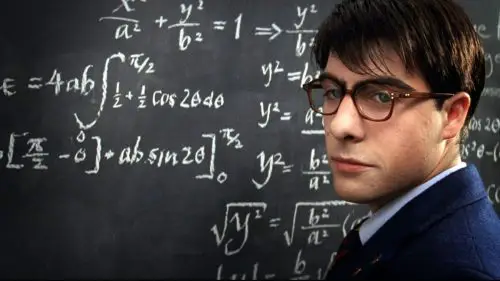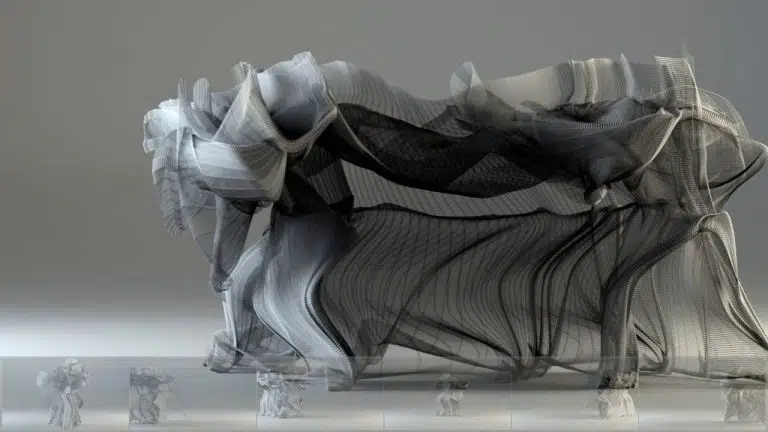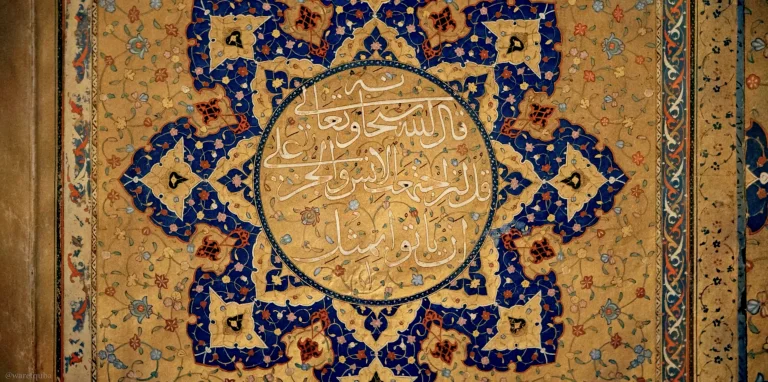Escher was a man ahead of his time, and one wonders what he could have done with a computer. He had to do a lot of work, and everything was done by hand—a true master.
Transcript:
The amazing thing about MC Escher is that he represents the perfect coming together of mathematics and art. These are two different worlds, but in his work, they’re brought together as one.
Born in the Netherlands in 1898, Moritz, Cornelius Escher, had no formal training in mathematics. He began his professional life as a graphic artist, making woodcuts and lithographs as a young man. While visiting the Alhambra in Spain, he became fascinated by the geometric decoration of the Moorish tiles. It would be a defining moment for Escher as an artist. He would spend much of his life experimenting with an area of mathematics known as tessellation from then on.
Tessellation is about regular patterns that divide the play. That means they figured they split the plane up into lots of little tiles. And those tiles fit together perfectly. They don’t overlap, and they don’t leave any gaps. It may seem that the premise of tiling a planar surface with regular repeating units is a very simple idea. But it’s absolutely fundamental to mathematics. And the reason is that it’s about symmetry.
Escher uses this rather simple, stark abstract mathematics to add a human dimension and a fantastical dimension. He has little animals, little lizards, Dragon-like creatures, funny little men, goblins, and things like that. And he uses those for the shapes of his tiles.
Escher was really divided into two different periods. His early work is intuitive; no contact with mathematicians is interesting tessellations. And that’s about it. After he made contact with mathematicians, it becomes much deeper mathematically; you get all sorts of sophisticated structures he’s interested in dimension in the shape of space, the topology of space, in infinity. Cosmology thinks that our universe might actually be Escher-shaped. So some of Escher’s work may have anticipated very deep features of modern cosmology.
Using only basic drawing tools, he created circle limit three and an astonishingly accurate representation of space as edges towards infinity. Nearly 40 years later, mathematicians confirmed that it was absolutely right to the last millimeter.
Escher was excited by the work of mathematicians such as Roger Penrose, who created the impossible triangle. He was also fascinated by the unusual properties of the Mobius strip, an object that appears to have only one side.
What’s fascinating about visual illusions to everybody is that they show us that we don’t just perceive the world as it is. Our brains actually interpret what they perceive and make assumptions about what they’re seeing. Escher’s visual illusions give that part of our brain a real workout. What is this thing we’re looking at? What am I seeing here?
Escher was inspired by this to create some of his most famous works, images that look convincing yet defy logic. The concepts of infinity reflection and the nature of visual perception led to intrigue Escher until his death in 1972. And his legacy lives on.
If you wander around University mathematics departments, you will find Escher pictures all over the place. You’ll even find them in the textbooks because they really do talk to mathematicians. And from today’s perspective, I think mathematicians understand much more clearly what it was he was trying to do. To this extent, we can actually write down formulas to some of the things that he does, and we can investigate what mathematical ideas lie behind them. Mathematicians know their subjects, beautiful. Escher shows us that it’s beautiful.











